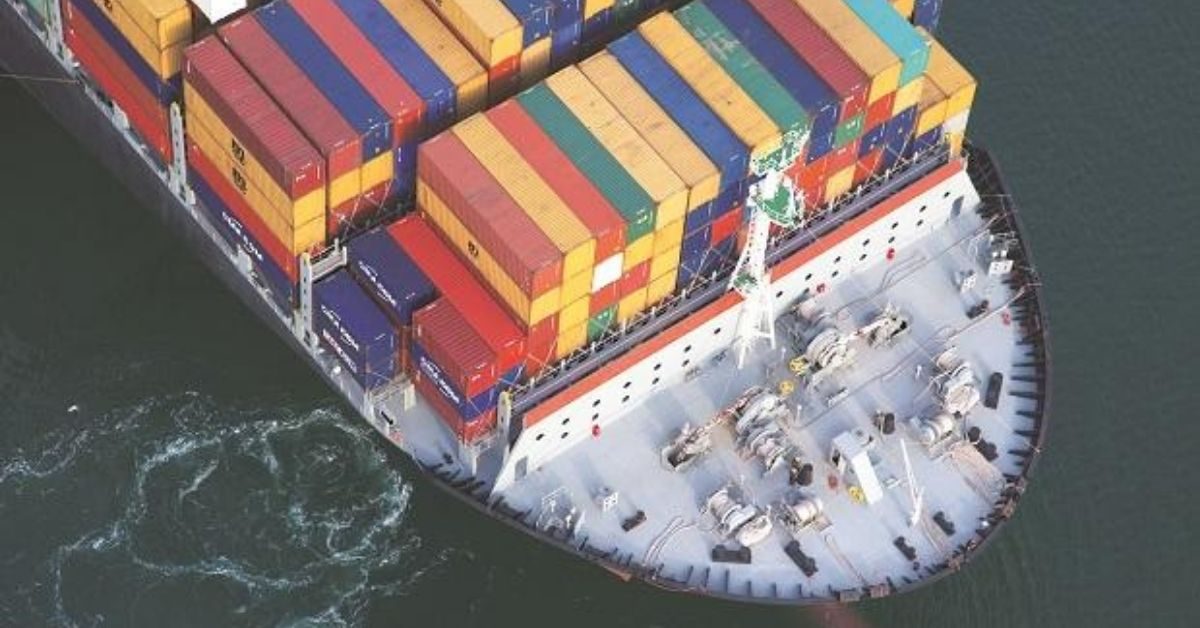Source: ET Infra
The development assumes significance especially since countries withhold flagged ships when there are disputes between nations, said a senior government official.
“We want to increase the number of Indian flagged ships by ten times to make the country a formidable force in global maritime trade,” the official told ET on condition of anonymity, adding that plans to achieve this goal are being drawn up and will be finalised soon after the next government takes charge after the general election, expected to be held in April-May.
According to the shipping ministry, the country has around 1,500 vessels registered in the country with a gross tonnage (GT) of 13.69 million GT. More than two-thirds of these are engaged in coastal trade while the rest are operating on overseas routes. India’s 486 overseas vessels have a capacity of 12.11 million GT while the 1,034 coastal vessels have 1.58 million GT.
China has more than 5,000 flagged ships and has orders for about 1,500 large ships in the pipeline. It is estimated that China has close to 2,200 flagged vessels already engaged in overseas trade, with the ability to stunt global trade.
“While there are many Indian flagged vessels, most of them are engaged in local trade. The focus is to increase the number of overseas vessels as the country expects growing export and global trade,” the official said.
In overseas trade, the Shipping Corporation of India (SCI) is the largest Indian shipping company. It has 57 vessels with 2.85 million GT, followed by Great Eastern Shipping Co Ltd, which has 46 vessels with 2.06 million GT.
In line with the new goal, it has also been decided to defer the proposed disinvestment of SCI.
“Recent developments have reinforced the strategic importance of SCI. The government wants to maintain its presence and grow in the sector. SCI will be encouraged to increase its fleet size and ramp up its global presence,” the official said. Another concern regarding India’s overseas vessels is the large number of ageing ships. According to official data, 184 of the 486 vessels are more than 20 years old.







